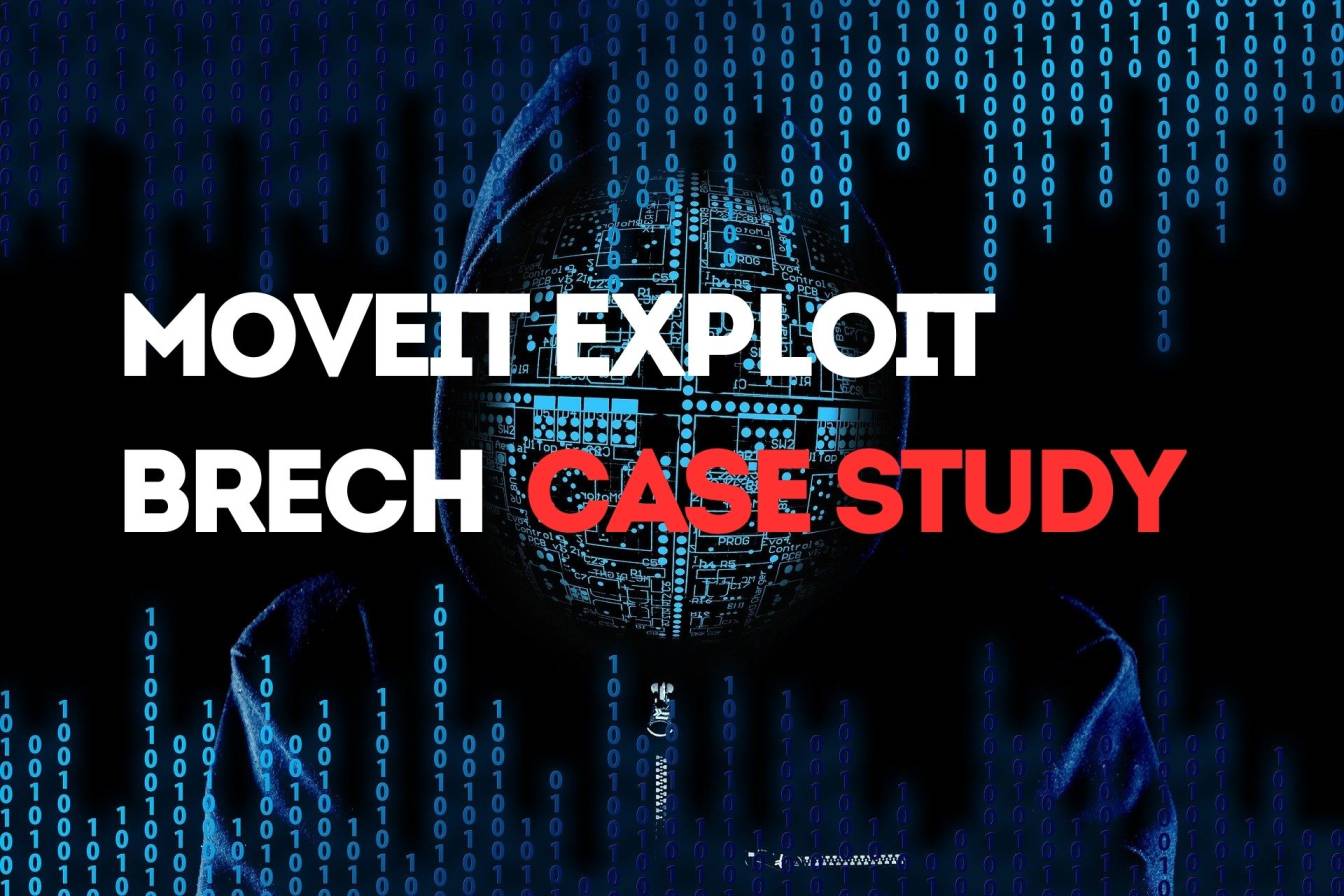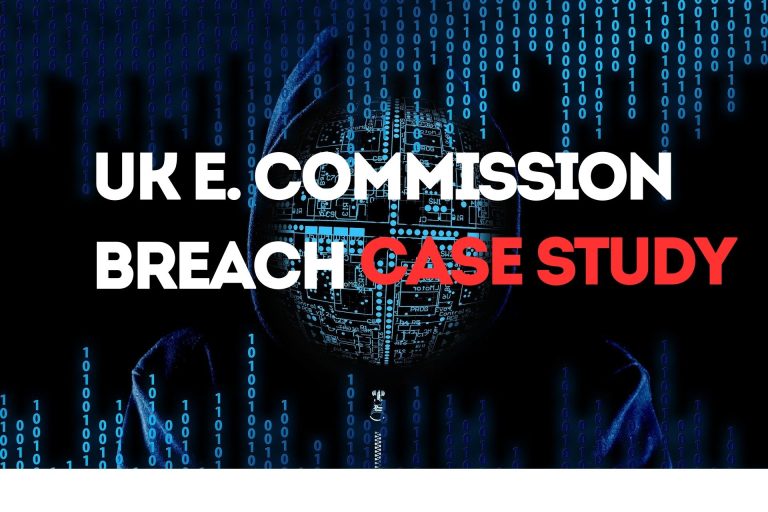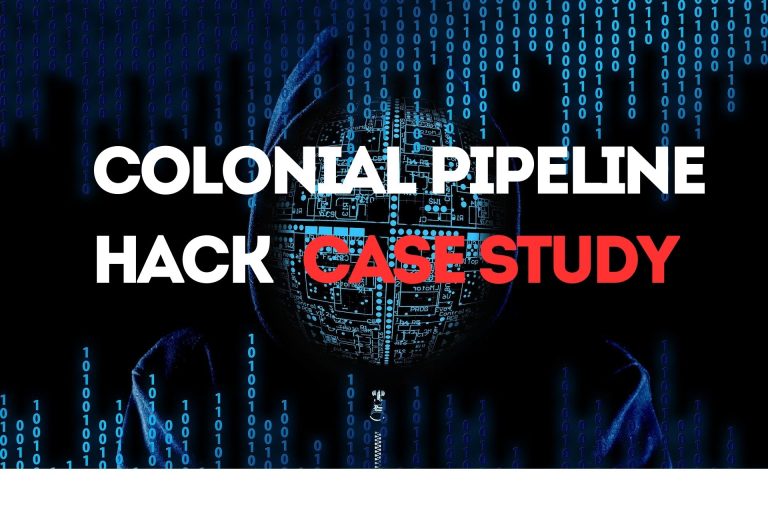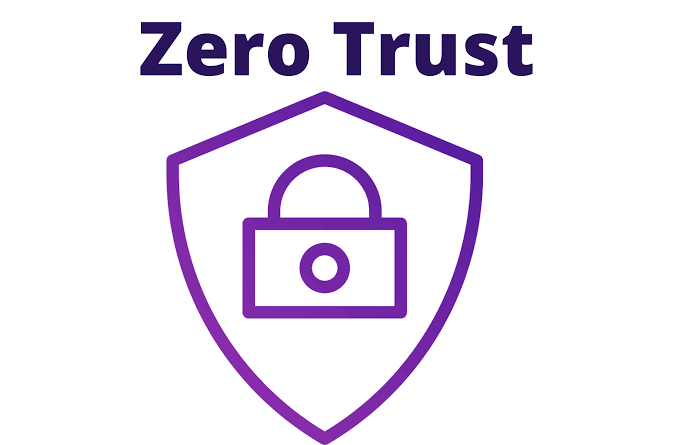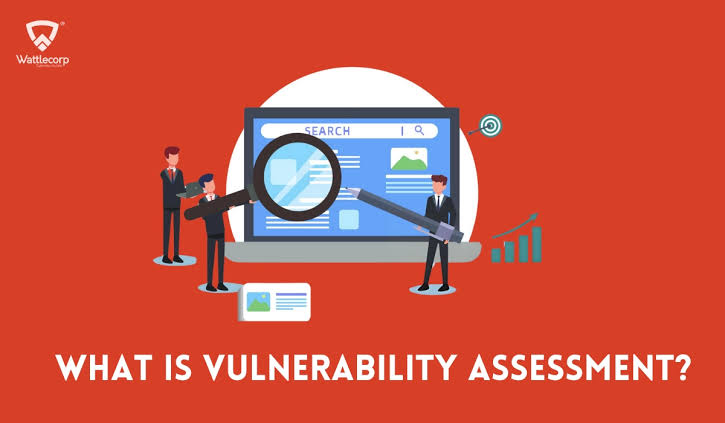In 2023, the MOVEit Transfer vulnerability sent shockwaves through the cybersecurity world. The vulnerability, assigned CVE-2023-34362, exposed sensitive data across several industries, resulting in widespread operational disruptions. This case demonstrates how software vulnerabilities in third-party tools can create ripple effects through organizations’ systems, leading to significant financial, reputational, and legal damage.
The attack primarily exploited a SQL injection vulnerability in the MOVEit Transfer software, a popular solution for secure file transfer and storage. Organizations such as financial institutions, healthcare providers, and government agencies depend on such tools to exchange sensitive data, making this exploit one of the most significant incidents of 2023.
The Exploit Mechanism: SQL Injection and Web Shells
CVE-2023-34362 exposed an entry point for attackers through SQL injection, a type of attack where malicious SQL code is inserted into queries to extract or manipulate data in the backend database. The attackers exploited this flaw to install web shell backdoors—malicious scripts that gave them unauthorized access to servers.
The Cl0p ransomware group quickly weaponized this vulnerability, extracting sensitive information from vulnerable organizations. The MOVEit exploit became a zero-day attack, as the vulnerability was actively exploited before a patch was made available. Once deployed, the web shells allowed attackers to issue commands remotely, stealing customer data and corporate files.
Timeline of the Attack
- May 27, 2023: The first signs of exploitation were detected.
- May 31, 2023: MOVEit developer, Progress Software, issued an emergency advisory and a temporary mitigation patch.
- June 2023: As more breaches were reported globally, investigations revealed that the Cl0p group was behind the attack.
- July 2023: New vulnerabilities related to MOVEit Transfer surfaced, forcing more organizations to apply follow-up patches.
Cl0p Ransomware’s Involvement
The Cl0p group, known for previous ransomware campaigns, adopted a double extortion strategy with the MOVEit breach. This method involves stealing data and then demanding ransom payments by threatening to publish or sell the information if the victim refuses to pay.
Notable victims of the MOVEit exploit included:
- Government departments in the United States and Canada.
- Financial institutions and payment processors.
- Healthcare providers, exposing millions of patient records.
The Cl0p group, operating mainly from Russia and Eastern Europe, used the exploit to extract corporate financial records, personal identifiable information (PII), and confidential project files.
Impact on Organizations
The scale of this attack was immense, affecting both public and private sectors. The financial cost for organizations extended beyond ransom payments, as they had to invest in forensic investigations, legal support, and customer notification procedures to comply with data protection regulations.
Among the affected entities:
- Educational institutions: Some universities lost access to financial aid and student data systems.
- Healthcare providers: Patient records were compromised, raising concerns about privacy and regulatory compliance.
- Public sector agencies: Governments faced operational disruptions and heightened cybersecurity threats.
The MOVEit breach led to delays in operations, regulatory scrutiny, and loss of customer trust, forcing some companies to allocate millions toward mitigation efforts and public relations management.
Response and Mitigation
In response to the exploit, Progress Software released multiple patches and advisories to help mitigate the vulnerability. Security professionals and IT teams across the globe scrambled to assess the damage, implement patches, and remove the malicious web shells installed on compromised systems.
Recommended mitigation steps included:
- Applying security patches immediately for MOVEit Transfer.
- Disabling HTTP and HTTPS traffic to the affected servers until patches were applied.
- Conducting forensic investigations to locate web shells and assess the scope of data theft.
- Monitoring for Indicators of Compromise (IOCs) related to Cl0p activity.
- Notifying affected users and stakeholders about potential data exposure.
Several organizations, including government agencies, coordinated with law enforcement to address the fallout and investigate the cybercriminals involved.
Challenges in Detection and Prevention
One of the key challenges with the MOVEit breach was that the attackers used stealthy techniques, making it difficult for organizations to detect the intrusion in time. The reliance on third-party software also complicated the response, as not all users of MOVEit were immediately aware of the vulnerability.
This attack highlights a fundamental issue in modern cybersecurity—supply chain security risks. Even with robust internal defenses, companies can still fall victim to attacks if they use compromised third-party tools. The MOVEit exploit emphasizes the need for:
- Real-time monitoring of critical systems.
- Regular vulnerability assessments for third-party software.
- Rapid patch management processes.
Comparison with Previous Attacks
The MOVEit exploit draws parallels to earlier supply chain attacks, such as the SolarWinds breach in 2020. In both cases, attackers leveraged vulnerabilities in widely-used software to gain access to multiple organizations. These incidents demonstrate the importance of supply chain security and third-party risk management in modern cybersecurity frameworks.
Unlike ransomware incidents that encrypt files, the MOVEit attack focused on stealthy data exfiltration, posing a significant challenge for detection and mitigation. This tactic makes traditional ransomware defenses, such as backups, less effective.
Lessons Learned from the MOVEit Incident
The MOVEit case highlights several key takeaways for cybersecurity professionals:
- Supply Chain Security is Crucial: Organizations must evaluate and monitor the security practices of third-party vendors.
- Patching Delays Can be Costly: Delayed patching or reliance on outdated software can expose organizations to severe risks.
- Zero-Day Attacks Require Swift Action: Organizations should have robust incident response plans in place to respond to zero-day vulnerabilities quickly.
- Proactive Monitoring is Essential: Using advanced threat intelligence and behavioral analytics can help detect malicious activities earlier.
- Legal and Compliance Requirements: The breach underscores the importance of compliance with data privacy laws, such as the GDPR and CCPA.
Conclusion
The MOVEit exploit of 2023 serves as a stark reminder that even trusted tools can become vectors for cyberattacks. With attackers becoming more sophisticated, organizations must adopt a proactive approach to supply chain security and third-party software management. The MOVEit incident demonstrates that vigilance, rapid response, and collaboration between cybersecurity teams and vendors are essential for mitigating the risks posed by modern cyber threats.
This breach will likely influence how organizations approach third-party risk, prompting stricter audits and enhanced security measures across the software ecosystem. As the fallout from the MOVEit attack continues to unfold, it provides invaluable lessons on the importance of cyber resilience in an increasingly interconnected world.
